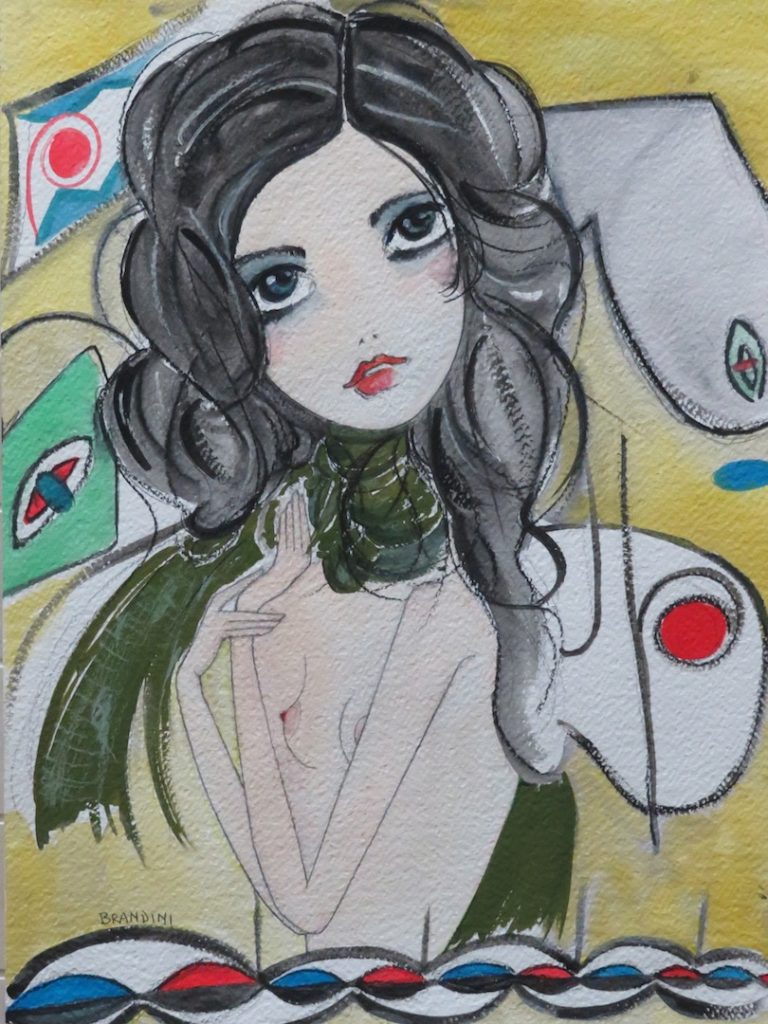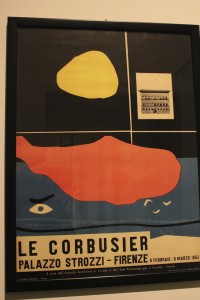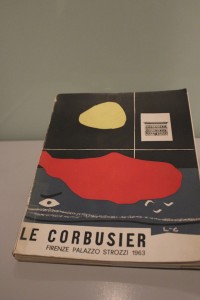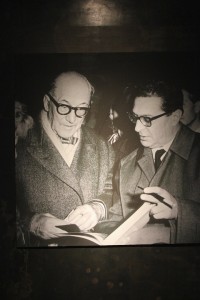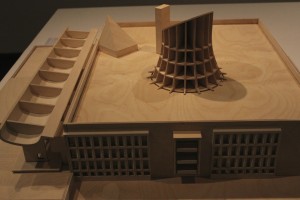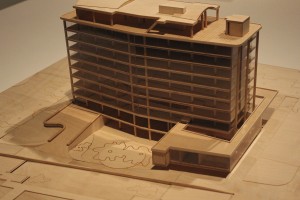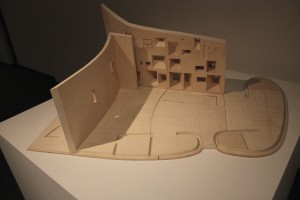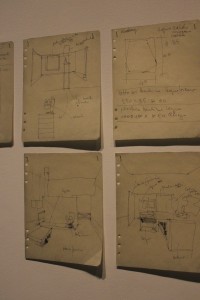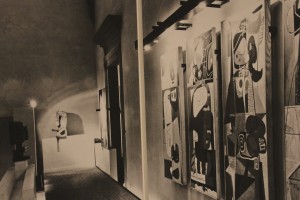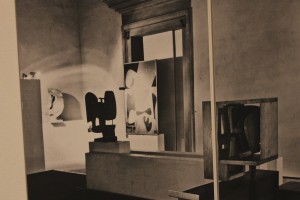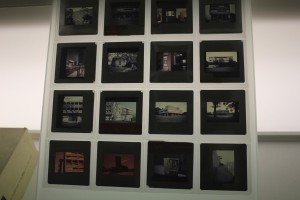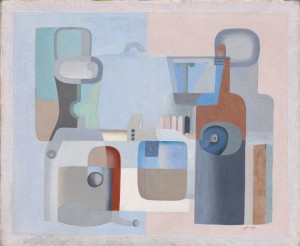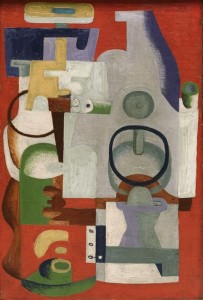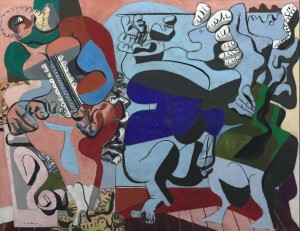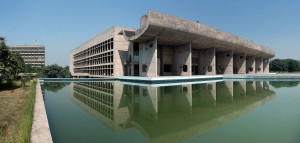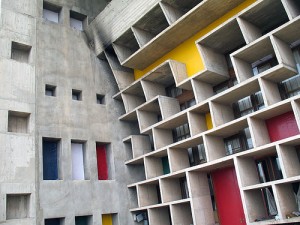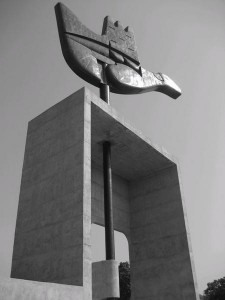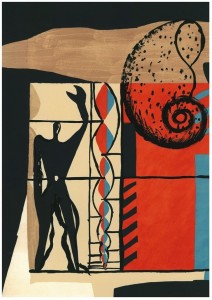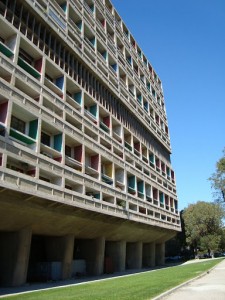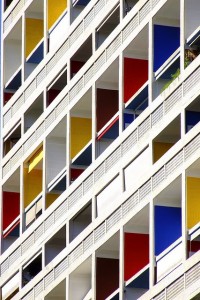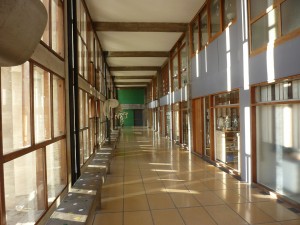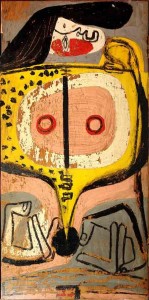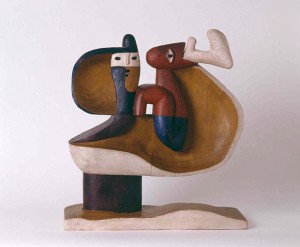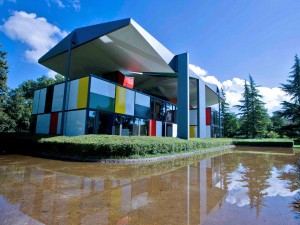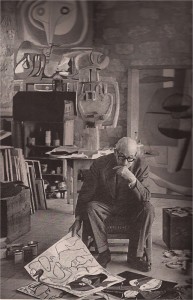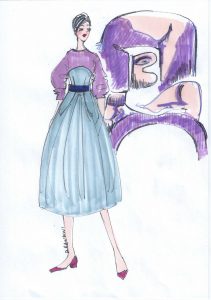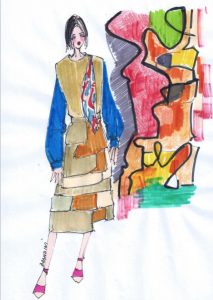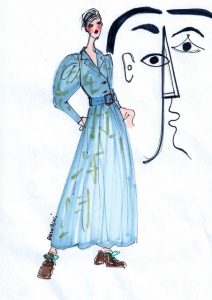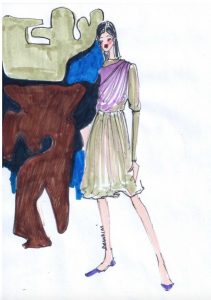Le Corbusier, Pierre Jeanneret and Charlotte Perriand
“Charming” by Beatrice Brandini
In celebration of the fiftieth anniversary of the death of Le Corbusier, the Department of Architecture of Florence, the foundation Ragghianti Study Centre of Lucca and the Le Corbusier Foundation in Paris, promote a project that celebrates the master Swiss franc: “Expose Le Corbusier. Ragghianti and Florence exhibition of 1963 “.
Poster and original catalog of the exhibition of 1963 at Palazzo Strozzi in Florence “Le Corbusier”
Le Corbusier with Carlo Ludovico Ragghianti
Some scale models of projects of Le Corbusier in the exhibition at the Fondazione Ragghianti in Lucca: “Expose Le Corbusier. Ragghianti and Florence exhibition of 1963 “
Scale model of Le Corbusier’s project in the exhibition at the Fondazione Ragghianti in Lucca: “Expose Le Corbusier. Ragghianti and Florence exhibition of 1963 “
This initiative, linked by an interesting study day and an exposure in Lucca at the foundation Ragghianti, traces the origin and organization of an exhibition very important in 1963, held in Florence at the Palazzo Strozzi, curated by Carlo Ludovico Ragghianti, where they celebrated the artist Le Corbusier. Figure fundamental to what we might call “modern architecture”.
Rino Vernuccio, sketches for the installation of the exhibition 1963 Archive Vernuccio Florence. In the exposure: “Expose Le Corbusier. Ragghianti and Florence exhibition of 1963 “
Photographs from the exhibition of 1963 at Palazzo Strozzi in Florence, in the exposure: “Expose Le Corbusier. Ragghianti and Florence exhibition of 1963 ”
The exhibition highlights the close collaboration resulted from letters, sketches and notes between the Florentine architects in charge of the project construction, Ragghianti and Le Corbusier himself.
Slides of projects of Le Corbusier in the exhibition: “Expose Le Corbusier. Ragghianti and Florence exhibition of 1963”
Night glimpse of the cloister San Micheletto, where the Foundation Ragghianti
Le Corbusier is considered one of the most influential artists in the history of contemporary architecture as well as the modernity of its projects considered architecture a means to improve human life.
Still life filled with space, work of Le Corbusier, 1924
Abstract Composition,work of Le Corbusier, 1927
Untitled work of Le Corbusier, 1932
His theories and projects were revolutionaries (clashing with the academics of the time, the ideas of the master were sharply at odds with them!), Le Corbusier believed that the most important thing was to find a compromise between the organization of urban spaces to accommodate the masses of workers and the construction of buildings able to meet the needs of those same masses. Therefore his projects were characterized by the use of rational systems with modules and forms very simple.
Assembly Building in Chandigarh, India, the project of Le Corbusier
Legislative Assembly Building at Chandigarh in India, a project of Le Corbusier
The symbolic monument central city Chandigarh, sculpture by Le Corbusier
His book “Towards a New Architecture” is considered one of the posters of the most important architecture of the first half of last century. Published in 1923 is one of the founding texts of the Modern Movement, here Le Corbusier’s architecture gives a social role, can solve even political conflicts. The basic principles of this treaty are summarized in the “five points of a new architecture” (the pilotis, the stilts or pillars that hold up a building and isolate him from the ground; the toit terrasse, roof gardens; the fenêtre en lounger, windows ribbon cutting the front of the house in length; the façade libre, free facade and the plan libre, the plant free of the building), which Le Corbusier applied together in the Villa Savoye in Poissy, near Paris, built between 1928 and 1931, a fundamental work of architectural rationalism.
Study the Modulor of Le Corbusier
The other important principle of the architecture of Le Corbusier is the Modulor, ie a scale of sizes and measurements based on the standard dimensions of the human body. The idea is that space and objects must complement and blend in with the human figure.
Le Corbusier has carried out projects for important buildings in Europe, especially in Switzerland and France, but also in Rio de Janeiro, Buenos Aires, India, Barcelona, Tokyo.
Unité d’Habitation de Marseille “Cité Radieuse”, project of Le Corbusier built between 1947 and 1952
Detail of the facade of “Cité Radieuse”, a project of Le Corbusier built between 1947 and 1952
Interior view of Unite d’Habitation de Marseille “Cité Radieuse”, a project of Le Corbusier built between 1947 and 1952
Work of Le Corbusier from 1952
Creator of objects of timeless design, especially with the collaboration of Pierre Jeanneret and Charlotte Perriand, some of these were exhibited at the Salon d’Automne in Paris in 1929 where they were greeted by many doubts (just like for architectural projects), because of their shape, strongly marked with their same function. Le Corbusier said “What a session if an object that accomplishes its purpose by welcoming the human body in a semi-erect posture?” Considering therefore fundamental to the realization the usefulness of the object itself. Le Corbusier gave value to the combination of “form and function”, so his subjects were “stripped” ornament, recovering their true nature, that was their own beauty. I fully support the concept because there isn’t a beautiful creation if it’s not practical and concrete, in other words if you can’t use it. It applies for a building, a chair, a car or a dress ….
“The Child is there,” sculpture by Le Corbusier, 1961
House by lake Zurich, work by Le Corbusier in 1967. Today Heidi Weber Museum
In his long career, Le Corbusier realized 75 buildings in 12 different countries, he published more than 50 books with themes of architecture, urban planning, design and art, painted pictures and made sculptures magnificent … but above all he was an enlightened man and cutting edge. His work initially hampered because revolutionary and radical, soon became understood and absorbed, so as to represent, even today, a lesson in logic and functionality.
Le Corbusier photographed by Henri Cartier-Bresson in 1952
“Use colored pencils: with color accentuate, grade, you clarify, unravel. With black pencil remain planted in the mud and you’re lost! “. Le Corbusier
Mood “Le Corbusier” by Beatrice Brandini
“A very difficult task but very important for a student is the one who first put something already should always know exactly what is working and why this thing exists”. Le Corbusier
Good life to all!
Beatrice



